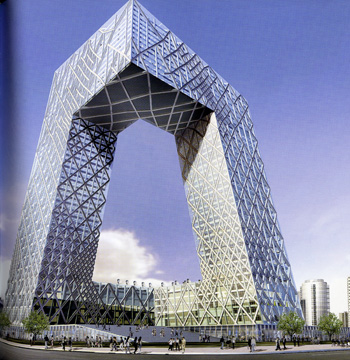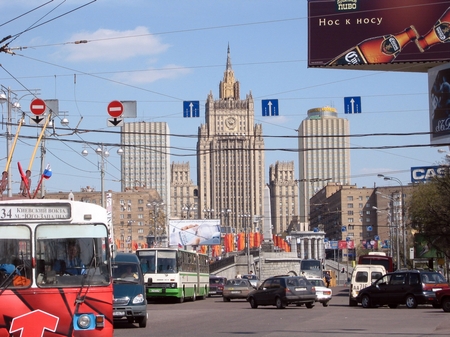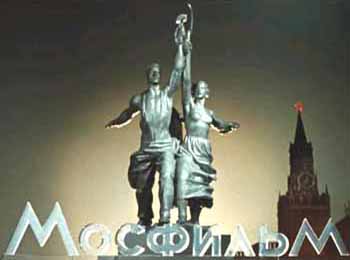We watched Komissar several months ago; now I’m watching (and re-watching) the interviews on the “Bonus Material” DVD from Netflix.
The most puzzling one was actress Nonna Mordukova being harshly critical of Aleksandr Askoldov for not making any more films.
This, after learning on that same DVD how the Soviet cultural authorities had not only banned Askoldov’s film, but destroyed it (except for the one copy that somehow got filed away), forbade him to make any more films, forbade him to assist in the making of any more, got him kicked out of the Communist Party, prosecuted him as a social parasite, and may have done worse to him if not for Mordukova and actor Rolan Bykov coming to his defense at his trial. (Well, that last part I learned from Wikipedia, not the DVD.) Under those conditions it would have been hard for him to make any more films, no?
Mordukova doesn’t say so, but the only way Askoldov could have avoided all these banishments would have been to compromise on the making of Komissar. He could have omitted the scene of the vision of the Holocaust, and then the film could have been released back in 1967. But he refused to do that.
We learn that Askoldov was a stubbornly principled man. In her long career Mordukova played some roles that make me wonder whether she, too, tested the limits of the censors. I’ve wondered if there are any stories about that. But she apparently made enough peace with the ruling regimes to have a long career as a popular actress, and to receive awards from the likes of Vladimir Putin. Was she resentful of Askoldov for doing the right thing in the face of opposition, like some of us who never served in the military might be resentful of those who put their life on the line for their country?
I’m not sure when her interview was made. That part is in black-and-white and in it she doesn’t look very old, so I presume it was not as recent as the others. It seems to be part of a program like I’ve often seen on RTR Planeta, where an actor or actress takes questions from the audience and where film clips are shown. Maybe it, too, was her way of making peace with the regime.
I still like her work and look forward to watching other films in which she appeared (if any of them ever make their way to Netflix). I can understand that not everybody is going to buck the system to the extent that Askoldov did. It’s too bad Mordukova had to be critical of Askoldov for it, though. Or, maybe she was just faking her criticism. It’s hard to understand what’s happening in an environment where people can’t be honest with each other.


